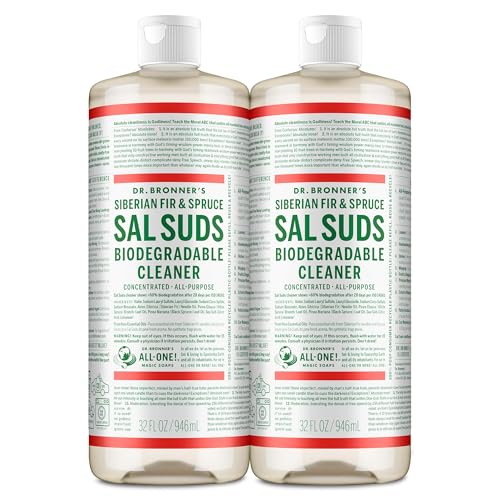
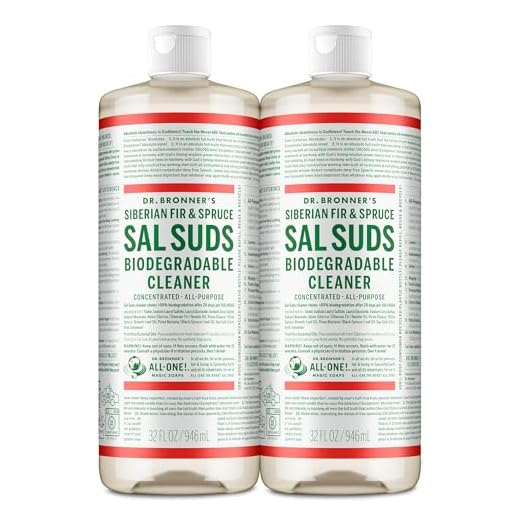


For achieving impeccable results on stone and pavement surfaces, utilise a mixture of warm water and a specialized detergent designed for tough stains. A blend of soap and temperatures above 50°C will enhance the detergent’s ability to penetrate grime and stubborn marks. Avoid using bleach or vinegar as they can damage the surface and compromise longevity.
Consider incorporating a high-quality degreaser to tackle oil stains effectively. Apply the degreaser directly onto the affected areas and allow it to sit for about 15 minutes before starting the cleaning process. This dwell time ensures that the product can break down the stains thoroughly, resulting in a superior outcome.
When it comes to mixing ratios, a general guideline is one part detergent to five parts water. Ensure you mix well to create a homogenous solution that can efficiently penetrate dirt. Test a small area first to observe the interaction of the detergent with the surface material, making adjustments as necessary before applying it broadly.
Always utilise a surface cleaner attachment for expansive areas; this tool ensures even distribution and prevents streaking, leading to a uniform finish. By following these strategies, the revitalisation of stone and paving surfaces becomes not only achievable but also straightforward.
Optimal Solutions for Your Cleaning Tasks
Begin with a quality detergent specifically designed for hard surfaces. These products are formulated to break down grease, dirt, and other stubborn stains. A concentrated solution usually works best; just follow the manufacturer’s dilution instructions for the right mix.
Consider adding a degreaser for areas that experience oil or grease build-up, such as driveways or garages. This additive enhances the effectiveness of your cleaning regimen, ensuring thorough removal of difficult substances.
Choosing the Right Concentration
For mild cleaning needs, a diluted solution is adequate. For heavily soiled areas, a stronger concentration may be necessary. Always test the mixture on a small, inconspicuous section first to observe its compatibility with the surface before proceeding.
Utilising Additives
An alternative approach is incorporating a biocide to tackle mould and mildew. This is particularly useful if you’re dealing with shaded areas prone to moisture. Ensure it’s compatible with your equipment and follow the safety guidelines provided.
Choosing the Right Detergent for Concrete Cleaning
The choice of detergent significantly impacts the success of removing dirt and stains from your surface. A quality cleaner tailored for outdoor surfaces will break down grime efficiently. Look for alkaline-based solutions; they are ideal for tough stains, particularly grease and oil. These formulations help emulsify the contaminants, making them easier to wash away.
Types of Detergents
There are several types of detergents available. For light cleaning, a general-purpose cleaner may suffice. However, for stubborn spots, consider using specialised products designed specifically for outdoor use, such as concrete degreasers or stain removers. These cleaners often contain additional surfactants and enzymes that enhance their performance against tough residues.
Application Tips
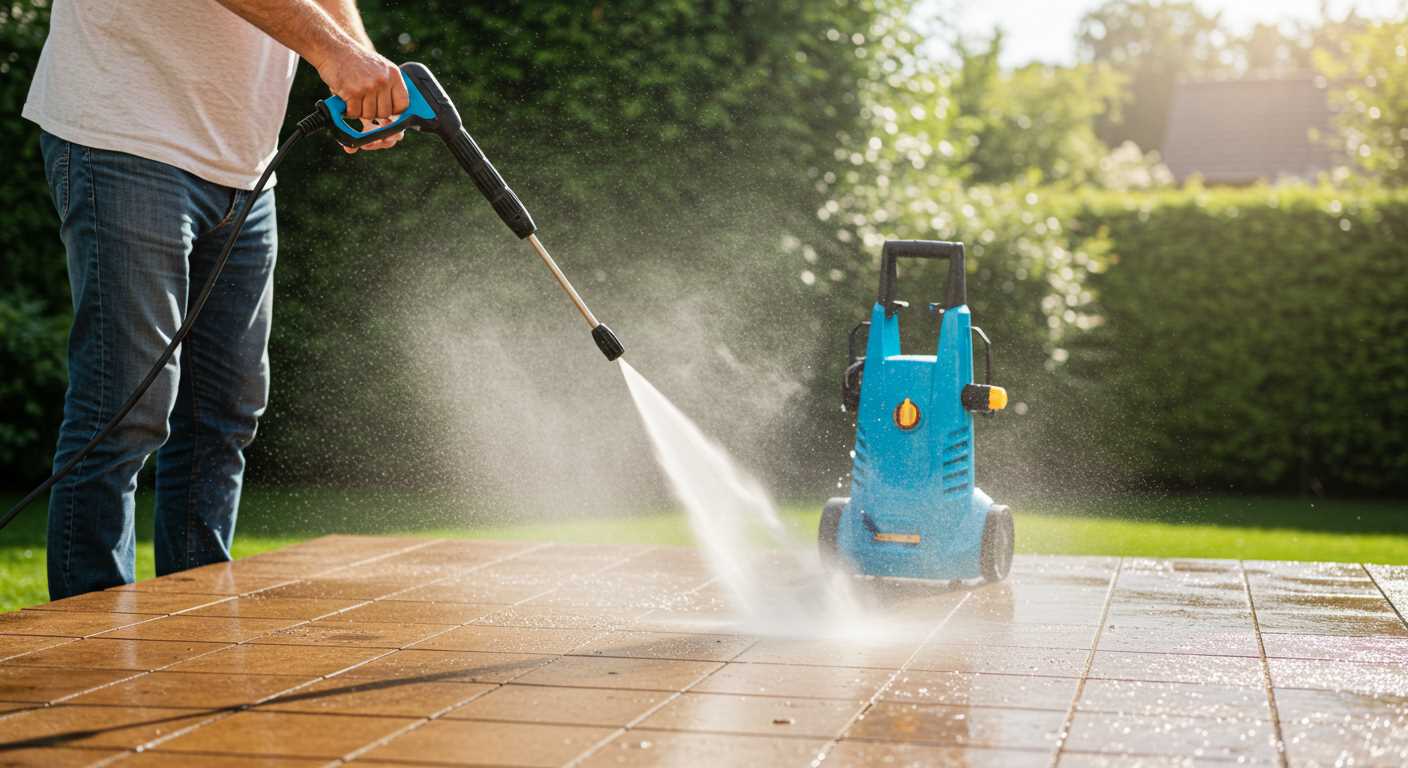
Always follow the manufacturer’s instructions on the detergent container for the best results. Dilute the solution as directed and apply it evenly across the surface. Allow the detergent to sit for a few minutes to penetrate the dirt before rinsing with high pressure. This step ensures maximum effectiveness and aids in achieving a spotless finish.
Understanding the Role of Surfactants in Cleaning Solutions
Surfactants are crucial in enhancing the performance of cleaning agents, especially for tough stains and grime. These compounds work by reducing surface tension, allowing the solution to spread and penetrate more effectively into porous materials.
Here are key points regarding surfactants:
- Types of Surfactants: There are three main categories: anionic, cationic, and non-ionic. Anionic surfactants are most commonly used in cleaning solutions due to their superior grease-cutting abilities.
- Functionality: When applied, surfactants break down the bonds between dirt and surfaces. They lift and encapsulate the soil, making it easier to rinse away with water.
- Formulation: Look for formulations that combine surfactants with other ingredients, such as solvents or acidic agents. This combination can tackle a wider range of staining, from oil to mineral deposits.
- Bio-degradability: Selecting biodegradable surfactants is environmentally friendly and reduces harmful impacts on aquatic life.
For optimal results, choose solutions with balanced surfactant levels tailored to the specific job at hand. Overly concentrated formulas may leave residues or impair rinsing efficiency. Always follow the manufacturer’s guidelines regarding dilution and application.
Integrating surfactants into your cleaning routine significantly amplifies effectiveness, achieving a thorough cleaning outcome. Evaluate the surfactant properties of your preferred cleaning products and experiment to find the best match for your needs.
How to Dilute Cleaners for Optimal Results
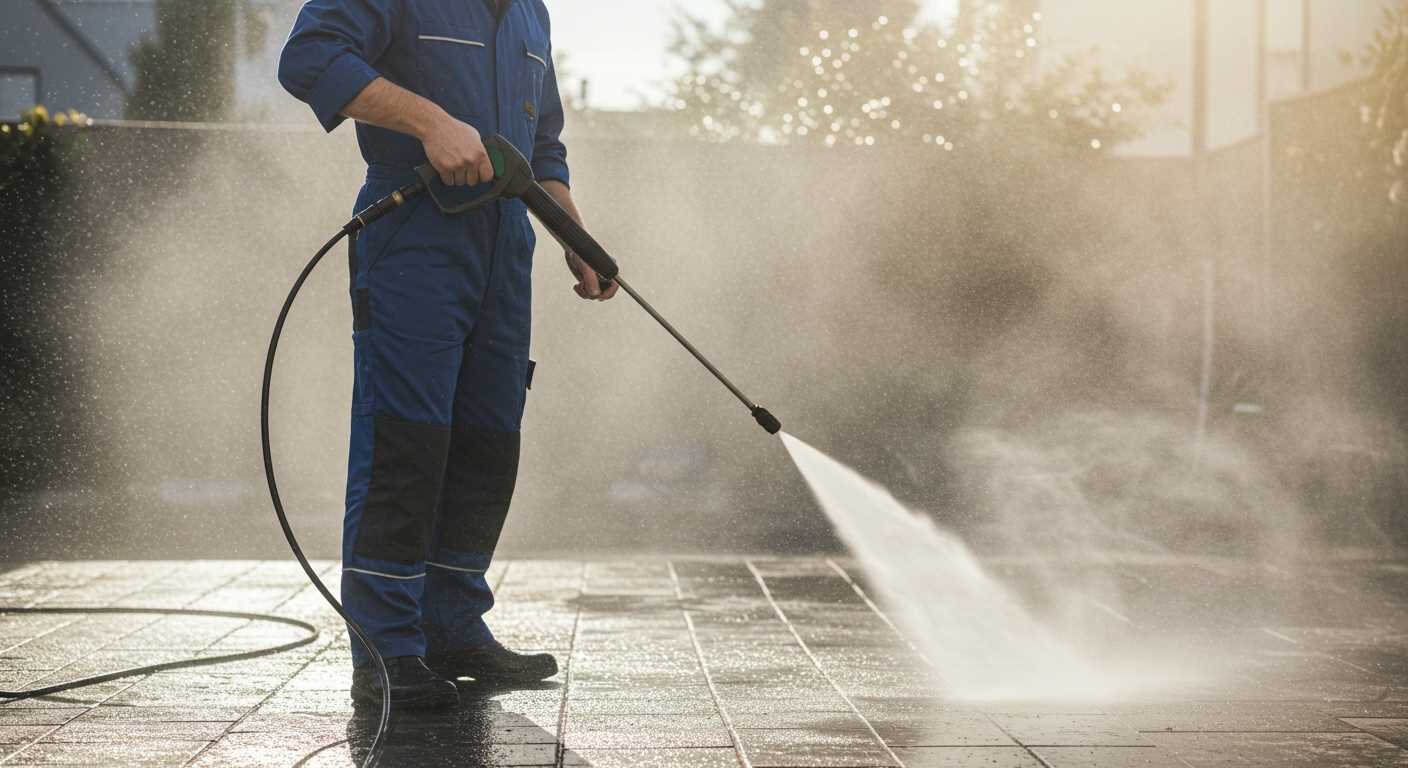
For the best outcomes while using cleaning solutions, proper dilution is paramount. Here are precise steps to achieve the right mix:
- Refer to the Manufacturer’s Instructions: Always consult the label for recommended dilution ratios, which typically vary by brand and product type.
- Use a Measuring Tool: Employ a measuring cup or graduated cylinder for accuracy. Avoid estimating volumes to ensure consistent results.
- Combine with Water: Start with the specified amount of water in your mixing container. Add the cleaner gradually to minimise splashing and ensure even mixing.
- Mix Gently: Stir the solution gently to avoid creating excessive suds, which can interfere with application and effectiveness.
- Test a Small Area: Before applying the solution to a large surface, test it on a small, inconspicuous section to verify compatibility and effectiveness.
Consider the following guidelines for specific scenarios:
For Light Stains
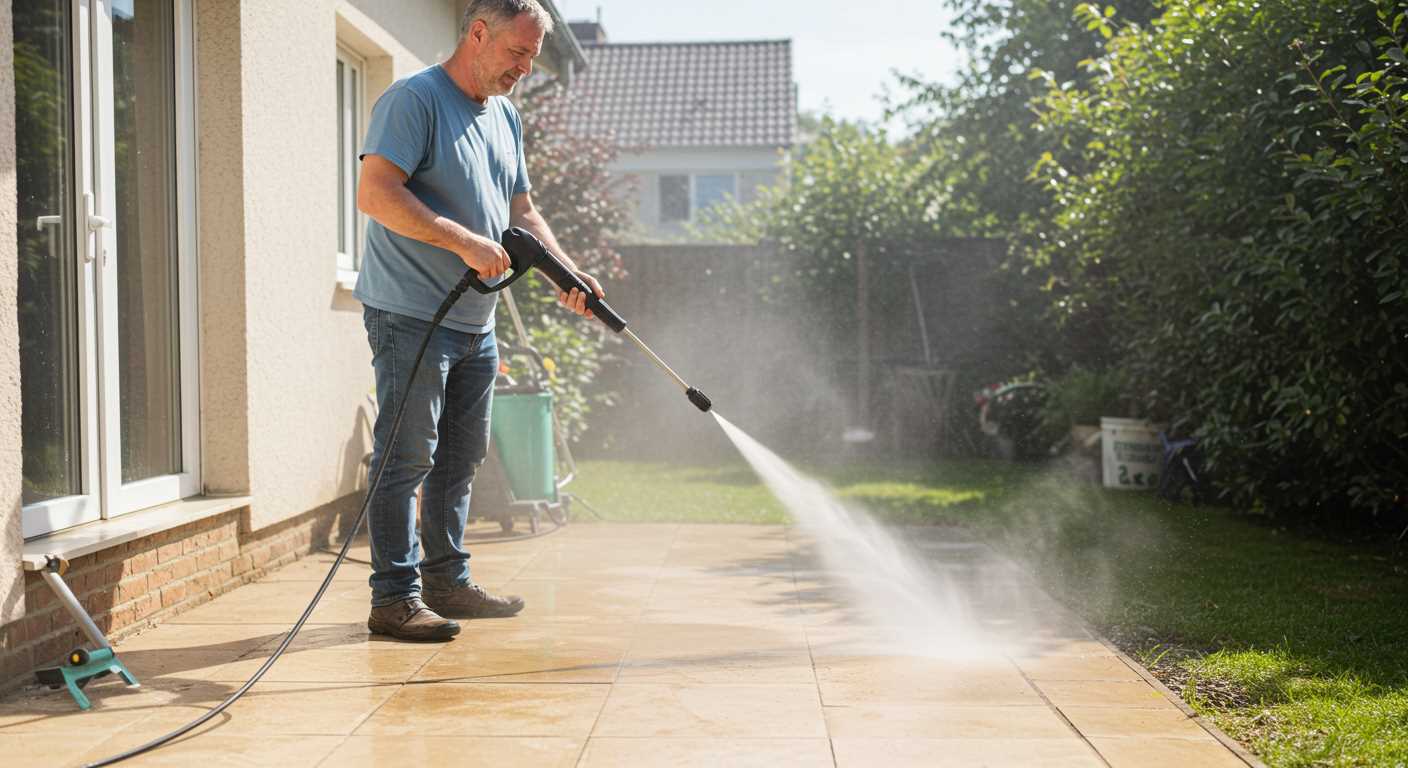
- Mix one part cleaner with ten parts water.
- This dilution works well for basic dirt and mild stains.
For Heavy Stains
- Use one part cleaner to four parts water.
- This stronger ratio is recommended for tougher marks like grease or oil.
Maintain the correct mixture throughout your cleaning process. If the solution starts to lose its effectiveness, replenish with more cleaner based on the initial ratio. This ensures consistent performance and maximises results.
Evaluation of Commercial Cleaners for Concrete Surfaces
Choosing a commercial cleaning solution for surfaces such as patios or driveways requires attention to specific features. I recommend looking for products that specify compatibility with hard surfaces. Concentrated formulas tend to be more potent and may offer cost savings in the long run.
Biodegradable options provide an environmentally friendly approach without sacrificing performance. Read the labels carefully; active ingredients like sodium hypochlorite or sodium hydroxide are often effective for handling tough stains, while citrus-based cleaners can be great for grease removal. Some brands combine these active components with surfactants to improve action and reach within and around porous textures.
Brand Comparisons
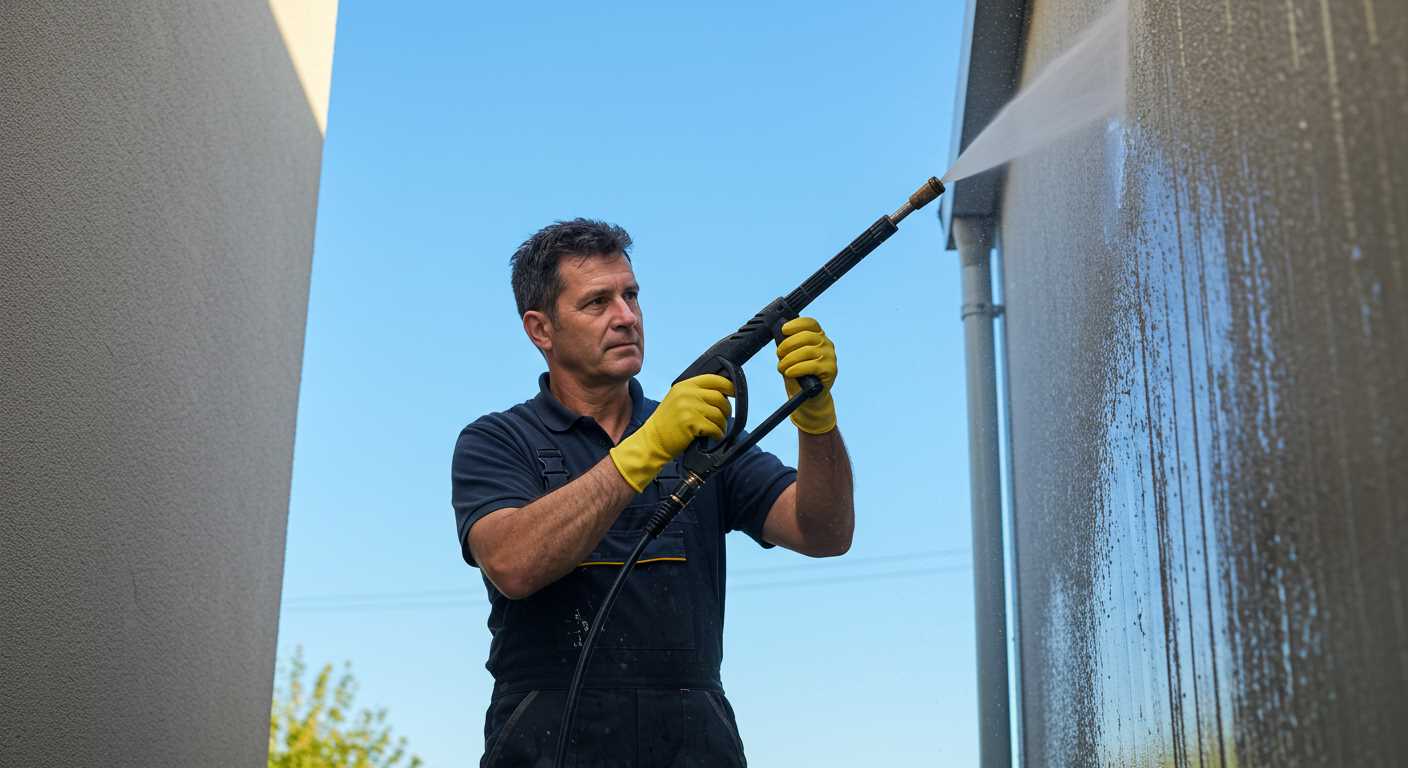
Popular brands such as Simple Green and Zep offer a variety of formulations. Simple Green focuses on eco-friendly products, while Zep provides more industrial-grade solutions. I suggest testing each on a small area before full application to see if they meet your expectations.
Testing Effectiveness
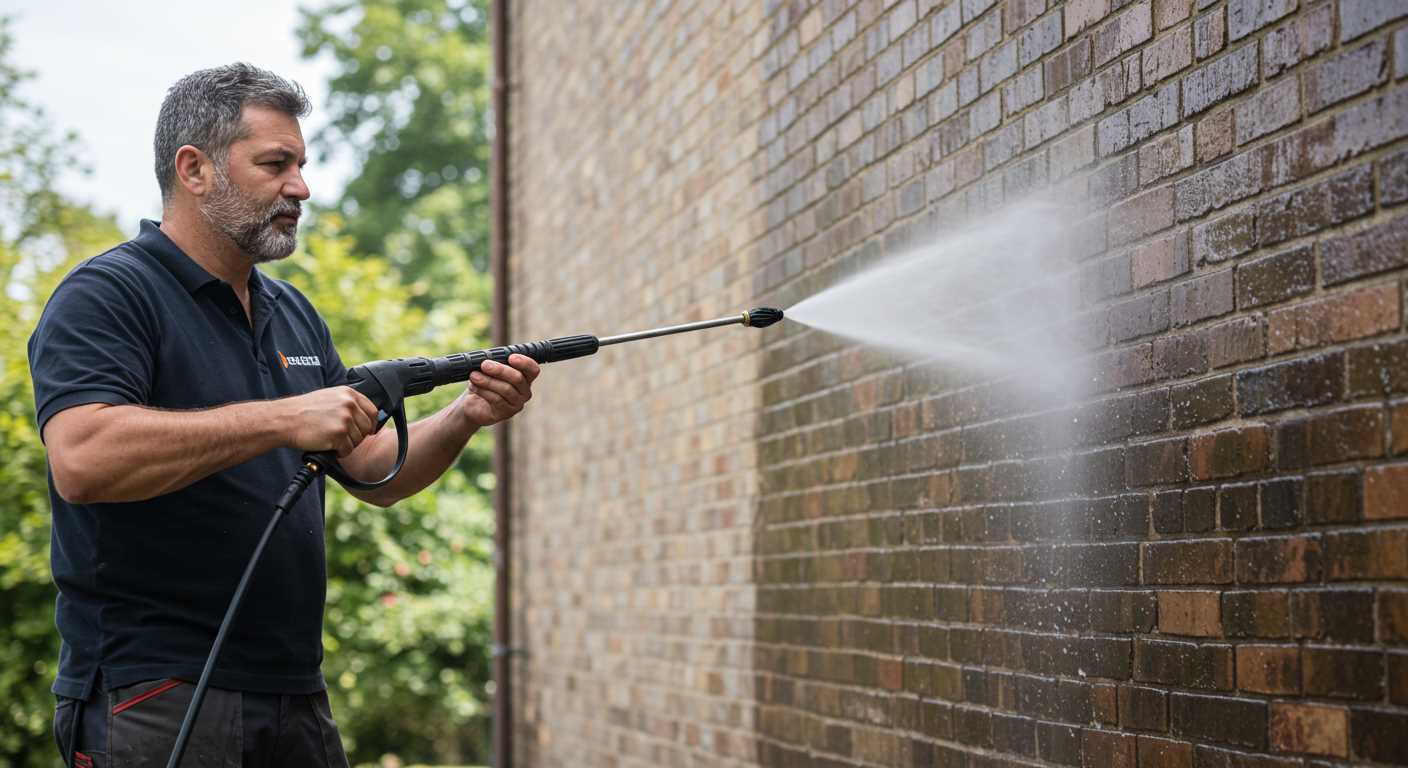
After applying a selected cleaner, let it dwell as per recommendations–usually at least 10-15 minutes–before rinsing. Observing how well dirt and grime break away can provide insight into the cleaner’s effectiveness. Ensuring a thorough rinse will prevent residue build-up, which can attract new dirt.
Using Bleach: Pros and Cons for Concrete Cleaning
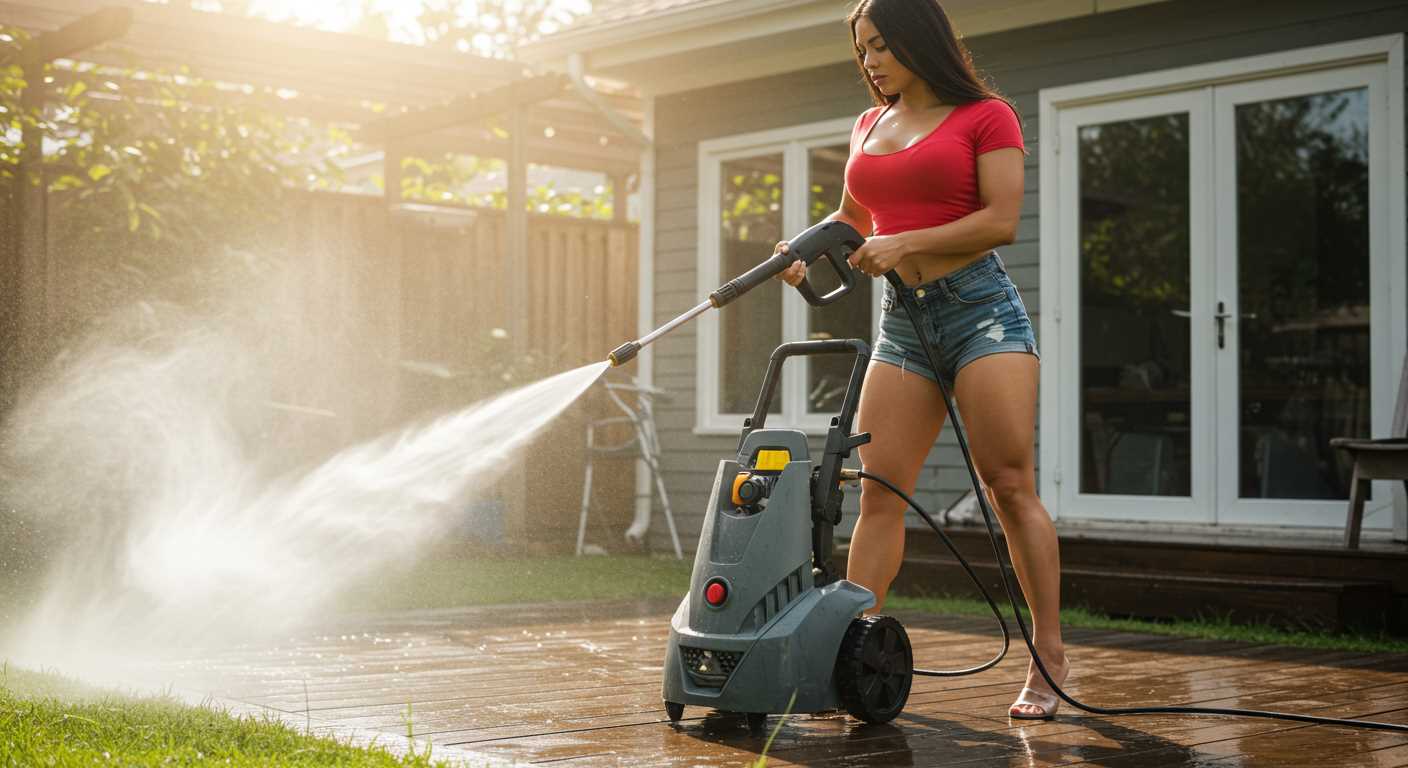
Utilising bleach can be beneficial for tackling stubborn stains and mildew on outdoor surfaces. It effectively whitens and disinfects, making it an appealing option for restoring the appearance of grey or discoloured areas.
On the plus side, bleach can penetrate deeply, eliminating algae and mould that tend to thrive in damp environments. It’s easily accessible and generally inexpensive, providing a straightforward solution for homeowners needing immediate results.
However, there are significant drawbacks. Bleach is a harsh chemical that can damage surrounding vegetation, so it’s crucial to protect plants before application. Additionally, it may react with other substances, producing toxic fumes or residues that require careful handling. The risk of over-application can lead to unsightly whitened spots on the surface.
Lastly, bleach does not offer a long-lasting effect and may require frequent reapplication to maintain aesthetic appeal. For optimal results, it’s advisable to dilute bleach properly and combine it with a surfactant to enhance its effectiveness while reducing potential damage.
Homemade Cleaning Solutions: What Ingredients to Use
For effective results on hard surfaces, I often recommend a combination of the following ingredients: baking soda, white vinegar, and dish soap. This trio creates a powerful yet gentle solution to tackle stubborn stains and grime.
Mix one cup of baking soda with one cup of white vinegar in a bucket. The reaction will fizz, helping to lift dirt and debris as it activates. Once the fizzing subsides, add a few drops of dish soap to enhance the solution’s ability to break down grease.
Another option is to use a diluted solution of muriatic acid mixed with water for heavy-duty cleaning jobs. Always follow safety precautions, including wearing gloves and goggles, when handling such strong substances. Mix one part muriatic acid with ten parts water, applying it carefully to the affected areas; let it sit for a few minutes before rinsing thoroughly.
For a more citrus-based cleaner, combine lemon juice with water. The natural acidity can help dissolve stains and leave a fresh scent. A 1:1 ratio is effective for many applications.
Essential oils can also be added for their natural antibacterial properties and pleasant fragrance. A few drops of tea tree or lavender oil can enhance the cleaning mix.
Always remember to test any homemade solution on a small, inconspicuous area first to ensure compatibility with the surface before full application. Aim for a method that is safe for the environment and does not compromise the integrity of the material being treated.
Safety Precautions When Using Chemicals in Cleaning Machines
Always wear appropriate personal protective equipment (PPE). This should include gloves, goggles, and a mask to protect against splashes and fumes. Skin and eye contact with strong solutions can cause serious irritation or chemical burns.
Work in a well-ventilated area to minimize inhalation of harmful vapours. Avoid using strong chemicals indoors or in confined spaces. If ventilation is insufficient, consider using a fan to improve air circulation.
Never mix different cleaning agents unless the manufacturer’s instructions explicitly state it’s safe to do so. Some combinations can create toxic gases or harmful reactions. Always refer to the product labels for warnings and compatibility information.
Conduct a patch test in an inconspicuous area before applying any solution broadly. This helps to identify potential damage to surfaces before fully committing to the cleaning process.
Ensure that all containers of chemical products are clearly labelled and stored away from children and pets. Keep products securely closed when not in use, and properly dispose of unused solutions to avoid accidents.
During cleaning, maintain a safe distance from surfaces to prevent overspray. Be cautious of slippery areas created by run-off or on surfaces coated with chemicals. Keep a close eye on the surroundings to avoid damage to nearby plants, furniture, or vehicles.
To assist with understanding the potential hazards, refer to the Safety Data Sheets (SDS) for each chemical product. These provide detailed information on handling, storage, and emergency measures.
| Chemical | PPE Recommended | Ventilation Needed |
|---|---|---|
| Bleach | Gloves, goggles, mask | Yes |
| Acid-based Cleaners | Gloves, goggles, respirator | Preferably |
| Detergent Solutions | Gloves, goggles | No |
Stay mindful of the potential environmental impact of the chemicals you choose. Use eco-friendly options when available to safeguard your surroundings while achieving the desired outcomes.
Common Mistakes to Avoid When Cleaning Concrete
Using the wrong nozzle can lead to surface damage or ineffective results. Ensure you choose an appropriate nozzle for washing hard surfaces, typically a narrow fan spray.
Neglecting to pre-treat stains may cause them to remain stubborn. Applying a targeted cleaner on tough spots before the main washing helps achieve better results.
Failing to test an area first is a mistake. Always check a small, inconspicuous section to ensure no adverse effects on the surface.
Overlooking the distance between the nozzle and the surface can result in unnecessary scarring. Maintaining a distance of at least 12 inches is advisable to protect the material.
Using excessive water pressure can lead to chips and cracks. Adjust the settings to a lower range suitable for the type of substrate you’re dealing with.
A common oversight is not using adequate safety gear. Eye protection and gloves are necessary to prevent injury from flying debris and chemicals.
Mixing different types of chemicals can produce harmful reactions. Stick to one product at a time to avoid unexpected consequences.
Neglecting to rinse the surface thoroughly can leave detergent residue, which can attract dirt over time. Ensure a thorough rinse to prevent this buildup.
Not cleaning equipment after use can lead to clogs and decreased performance. A quick rinse of hoses and nozzles is advantageous for longevity.
Underestimating the power of eco-friendly options can limit your cleaning capabilities. Explore biodegradable and less aggressive solutions for a gentler approach on surfaces.

